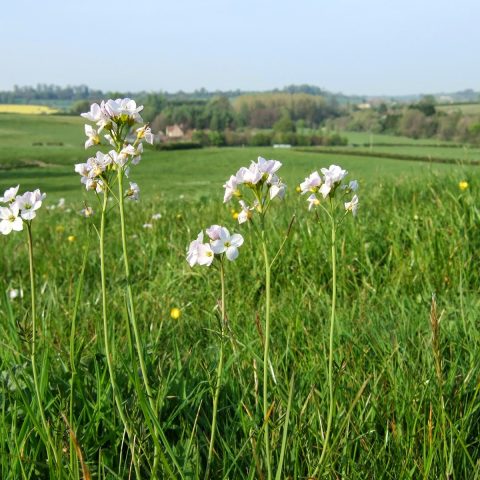CEC's story
A key aspect of Cheshire East Council's (CEC's) commitment to achieving carbon neutrality by 2025 is enhancing and protecting the borough's natural capital. Delivering nature-based initiatives such as tree planting, peatland restoration or habitat regeneration allows CEC to offset carbon which cannot be eliminated by other means. Crucially, CEC has engaged partner organisations and relevant landowners regarding maximising potential for tree planting, soil management and conservation of peatlands. The enhancement of natural capital is also an opportunity to connect with wider community groups, engaging with local people and establish positive relationships which will encourage sustained support for community projects.
The adoption of the Environmental Strategy in 2019 laid the foundation for the emergence of the Carbon Action Plan 2020. The plan sets targets for maximising the potential for carbon sequestration through developing natural capital within the borough. Part of the plan states the council's aim to sequester carbon on at least 100 Ha of council owned land by 2025, coupled with aims to develop natural climate solutions for carbon sequestration on between 41 and 1,347 Ha of non-council owned land by 2025. The management, investment and restoration of the natural environment will strengthen the borough's resilience against climate change impacts long term.
Following collaborations with Mersey Forest, Cheshire Wildlife Trust and ANSA Environmental approximately 21,000 trees have been planted across the borough including standards, whips, and hedgerows. Native, broadleaved species have been used within public parks, school grounds, community spaces and grass verges to successfully increase capacity for carbon sequestration. CEC also teamed up with Cheshire Wildlife Trust to deliver restoration works on 1Ha of moss land which has been under significant pressure from peat removal and encroachment of birch scrub.
CEC's advice
Collaborating with other organisations has been essential for CEC to implement many of their projects and to help maximise the potential.
Whilst delivering tree planting initiatives, peatland restoration was identified as a crucial action in order to preserve peatlands ability to sequester and store carbon securely. As a result, CEC included new project work in this area.
CEC's metrics
Part of the council's plan aims to sequester carbon on at least 100 hectares (Ha) of council-owned land by 2025, coupled with aims to develop natural climate solutions for carbon sequestration on between 41 and 1,347 Ha of non-council owned land by 2025.





